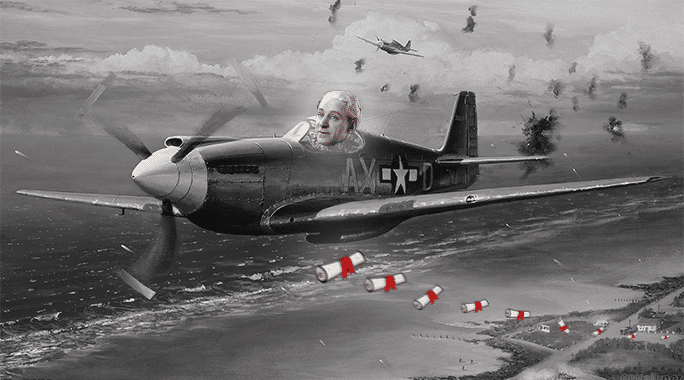The economist J.K. Galbraith once wrote, “Faced with a choice between changing one’s mind and proving there is no need to do so, almost everyone gets busy with the proof.”
Leo Tolstoy was even bolder: “The most difficult subjects can be explained to the most slow-witted man if he has not formed any idea of them already; but the simplest thing cannot be made clear to the most intelligent man if he is firmly persuaded that he knows already, without a shadow of doubt, what is laid before him.”
What’s going on here? Why don’t facts change our minds? And why would someone continue to believe a false or inaccurate idea anyway? How do such behaviors serve us?
The Logic of False Beliefs
Humans need a reasonably accurate view of the world in order to survive. If your model of reality is wildly different from the actual world, then you struggle to take effective actions each day.
However, truth and accuracy are not the only things that matter to the human mind. Humans also seem to have a deep desire to belong.
In Atomic Habits, I wrote, “Humans are herd animals. We want to fit in, to bond with others, and to earn the respect and approval of our peers. Such inclinations are essential to our survival. For most of our evolutionary history, our ancestors lived in tribes. Becoming separated from the tribe—or worse, being cast out—was a death sentence.”
This is an example of bold text
And here is an example is italicizes text if thats how u spell it
Understanding the truth of a situation is important, but so is remaining part of a tribe. While these two desires often work well together, they occasionally come into conflict.

this is a cool caption for the coolest of cats
In many circumstances, social connection is actually more helpful to your daily life than understanding the truth of a particular fact or idea. The Harvard psychologist Steven Pinker put it this way, “People are embraced or condemned according to their beliefs, so one function of the mind may be to hold beliefs that bring the belief-holder the greatest number of allies, protectors, or disciples, rather than beliefs that are most likely to be true.”
Young believed this process of creative connection always occurred in five steps.
- Gather new material. At first, you learn. During this stage you focus on 1) learning specific material directly related to your task and 2) learning general material by becoming fascinated with a wide range of concepts.
- Thoroughly work over the materials in your mind. During this stage, you examine what you have learned by looking at the facts from different angles and experimenting with fitting various ideas together.
- Step away from the problem. Next, you put the problem completely out of your mind and go do something else that excites you and energizes you.
- Let your idea return to you. At some point, but only after you have stopped thinking about it, your idea will come back to you with a flash of insight and renewed energy.
- Shape and develop your idea based on feedback. For any idea to succeed, you must release it out into the world, submit it to criticism, and adapt it as needed.



